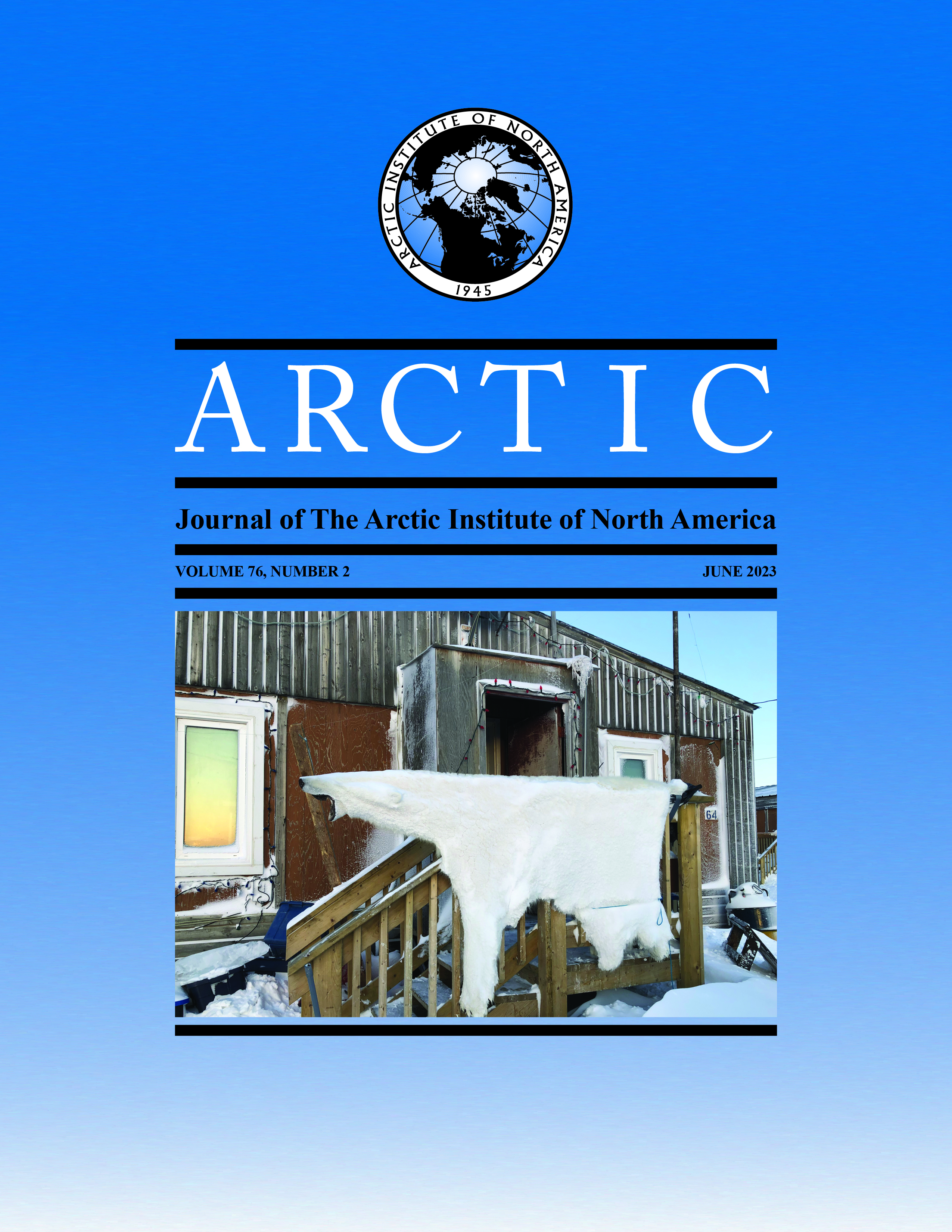Changes in the Composition of the Harvest in Three Polar Bear Subpopulations in the Western Canadian Arctic after the US Listing of the Polar Bear as a Threatened Species
DOI:
https://doi.org/10.14430/arctic77186Аннотация
The 2008 United States (US) listing of the polar bear as a threatened species prohibits the importation of polar bear trophies into the US, significantly decreasing the number of Americans paying for guided polar bear hunts in Canada. We examined the numbers and composition of the harvest in three polar bear subpopulations—Northern Beaufort Sea, Southern Beaufort Sea, and Viscount Melville Sound—located in the Inuvialuit Settlement Region in the western Canadian Arctic in order to identify what happens when support for guided hunting is withdrawn. We find that there was no significant change in the number of polar bears harvested or in the sex composition of the harvest in the three subpopulations after the US listing. Over the 12-year study period, harvests in each subpopulation were always within the quota. The number of guided hunts decreased after the US listing, and the number of subsistence hunts increased in each subpopulation during this time. The number of bears harvested as a percentage of tags (hunting licenses to harvest one polar bear, the sum of which equals the annual quota) used was significantly higher in the Northern Beaufort Sea after the listing. This is because a tag issued for a guided hunt is considered used even if the hunt is unsuccessful, which is often the case, as hunters seek large male bears, whereas a tag issued for subsistence is re-issued until a successful harvest. We conclude that while the US listing and rapid decline in guided hunts did not affect the number of polar bears harvested, it did disrupt the Inuit cultural economy.
Скачивания
Загрузки
Опубликован
Выпуск
Раздел
Лицензия
Copyright (c) 2022 ARCTIC

Это произведение доступно по лицензии Creative Commons «Attribution» («Атрибуция») 4.0 Всемирная.


